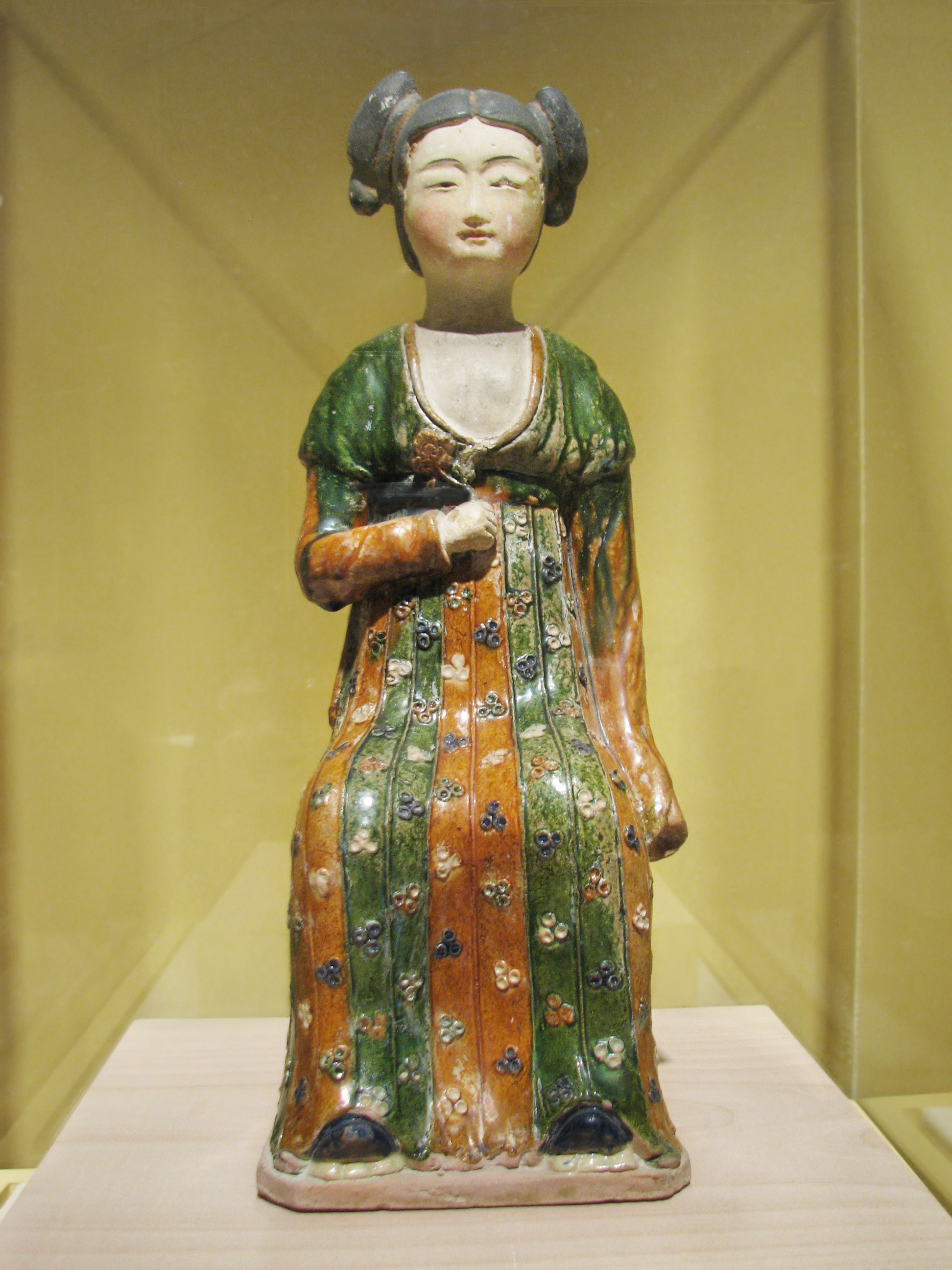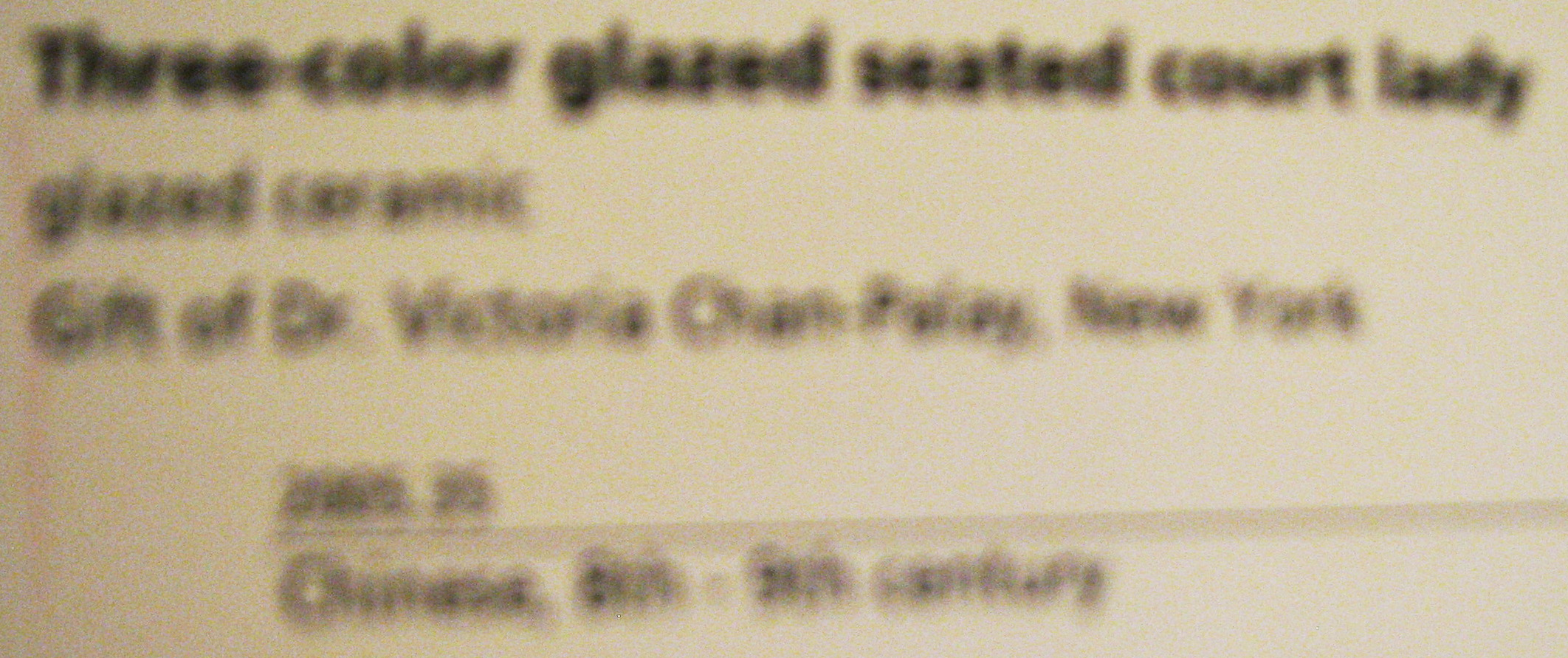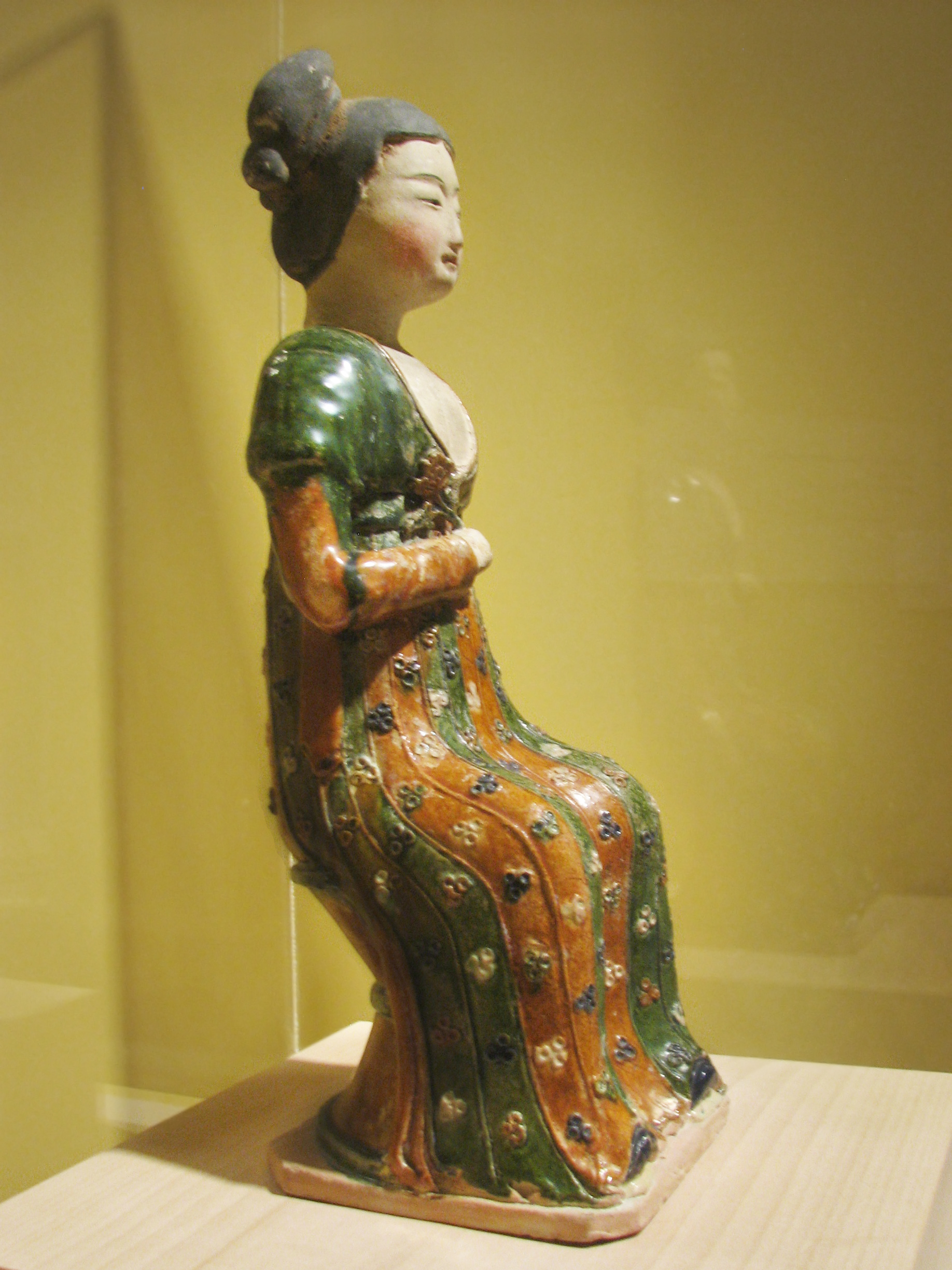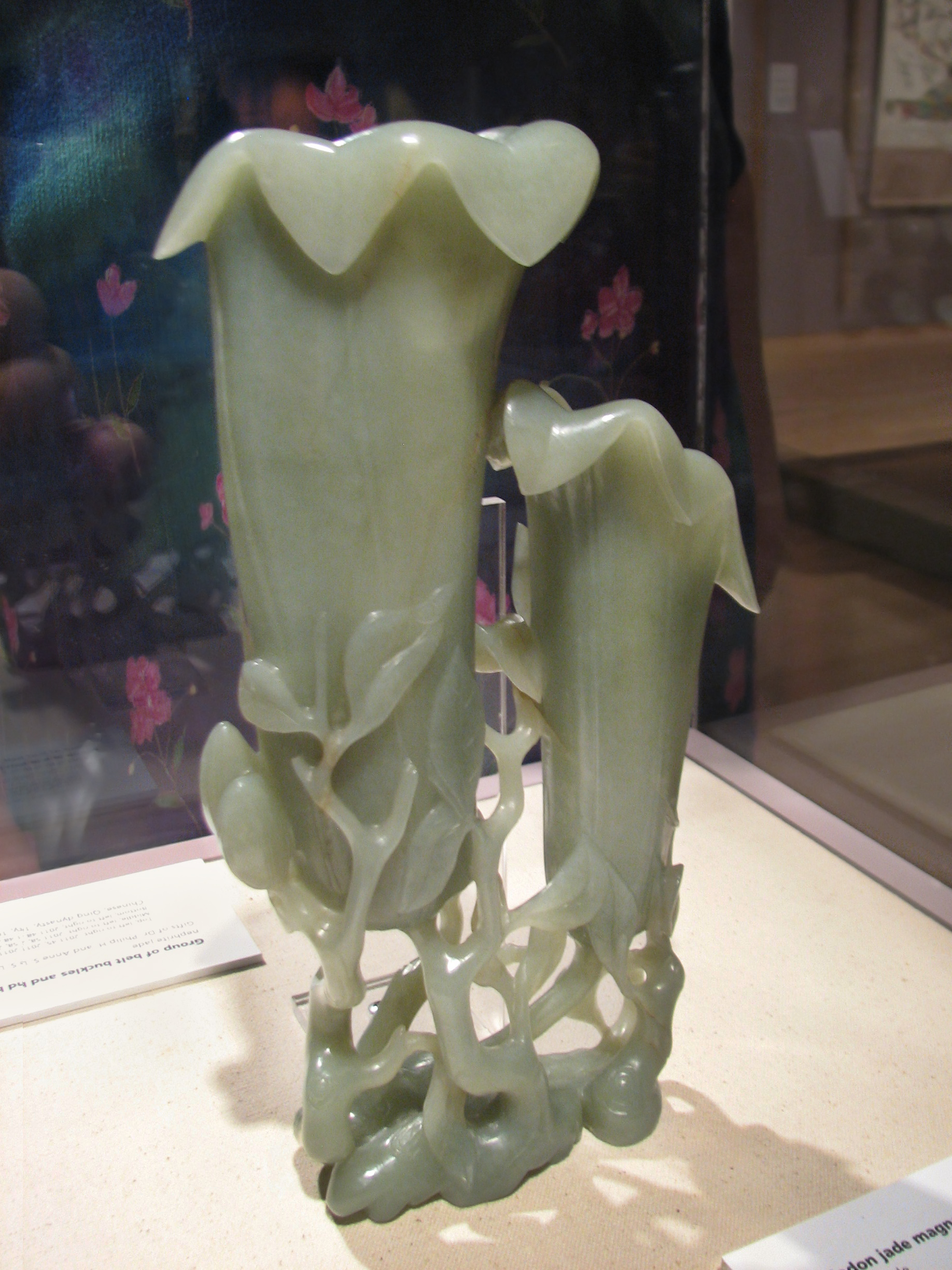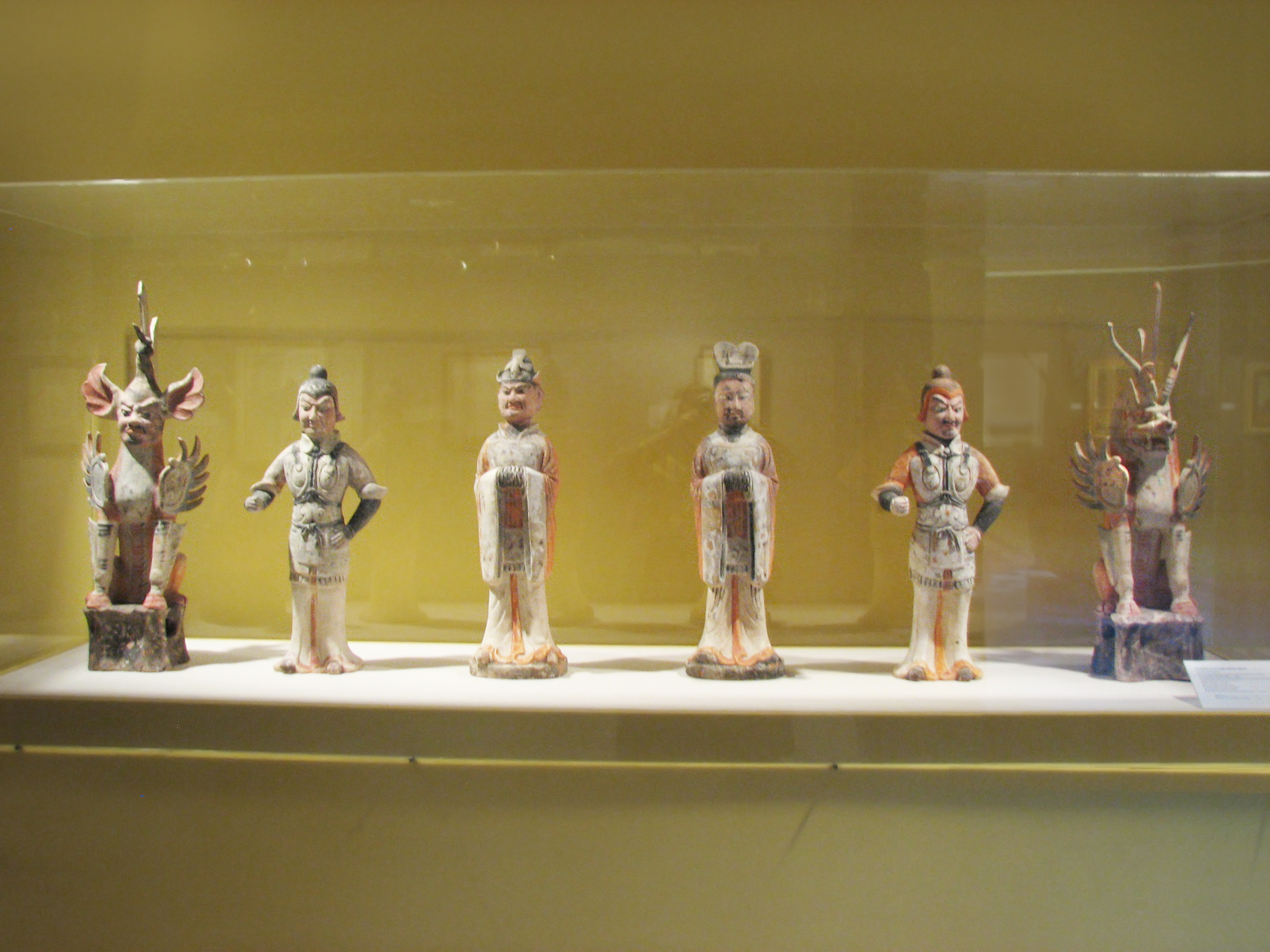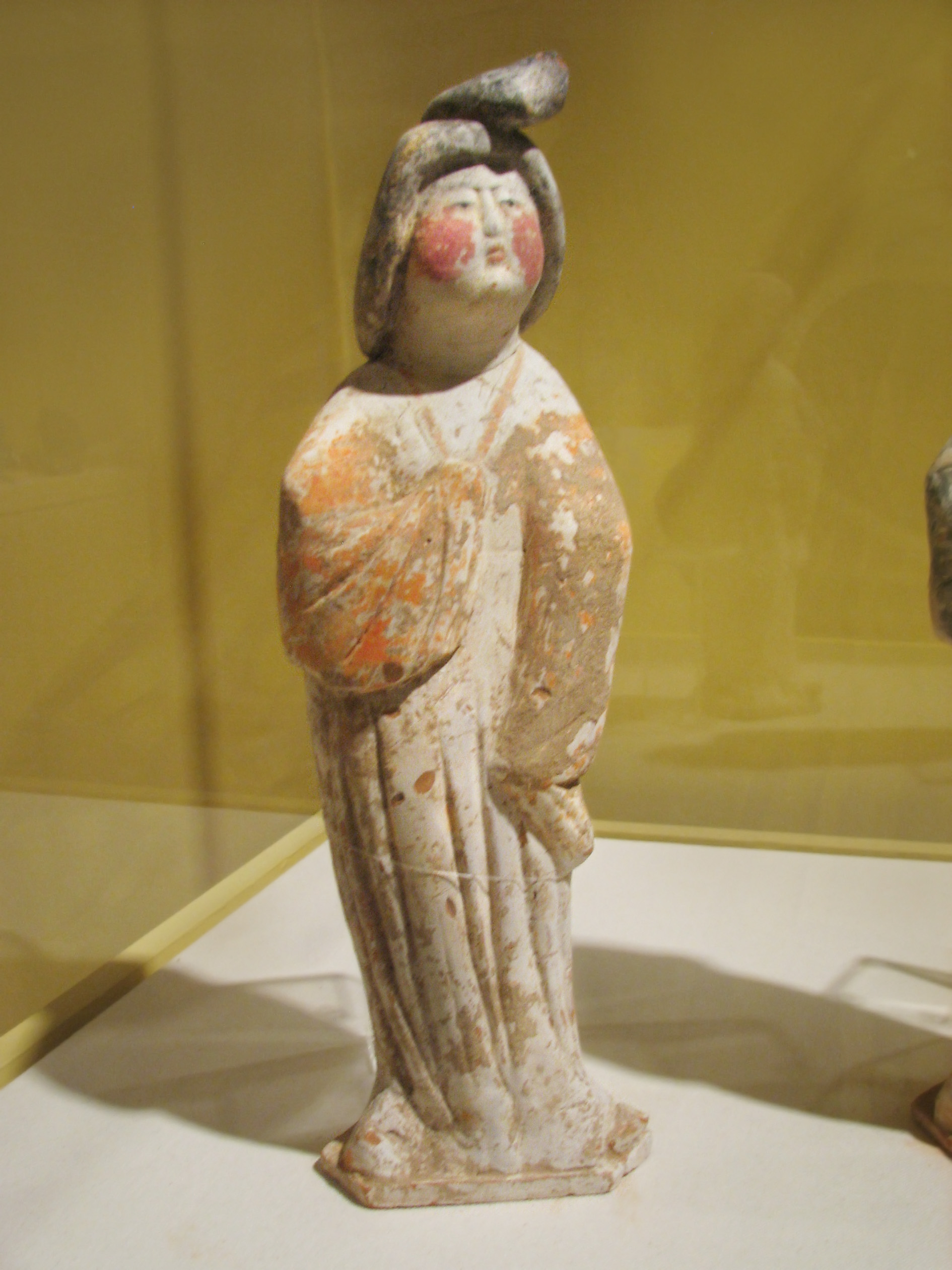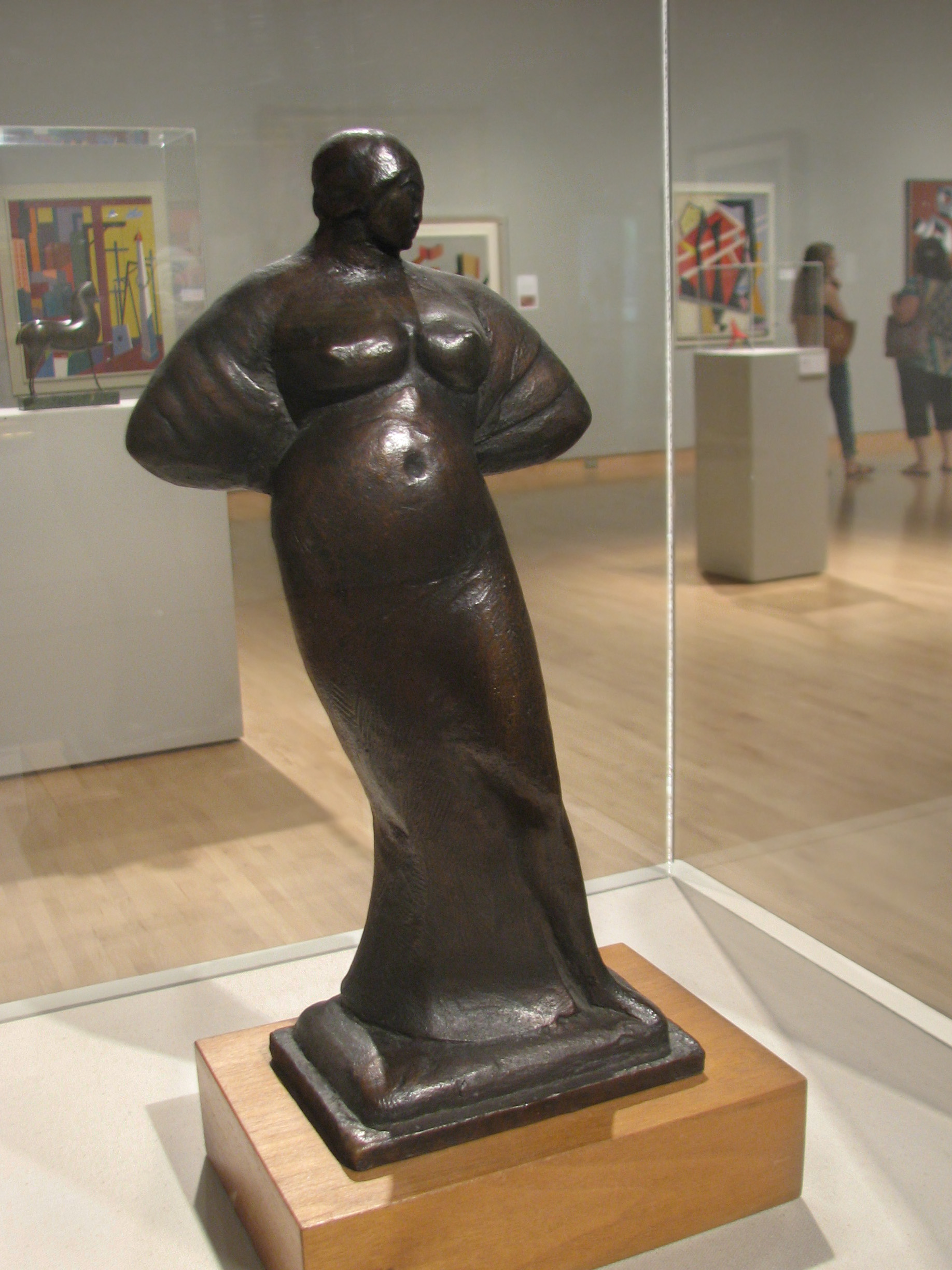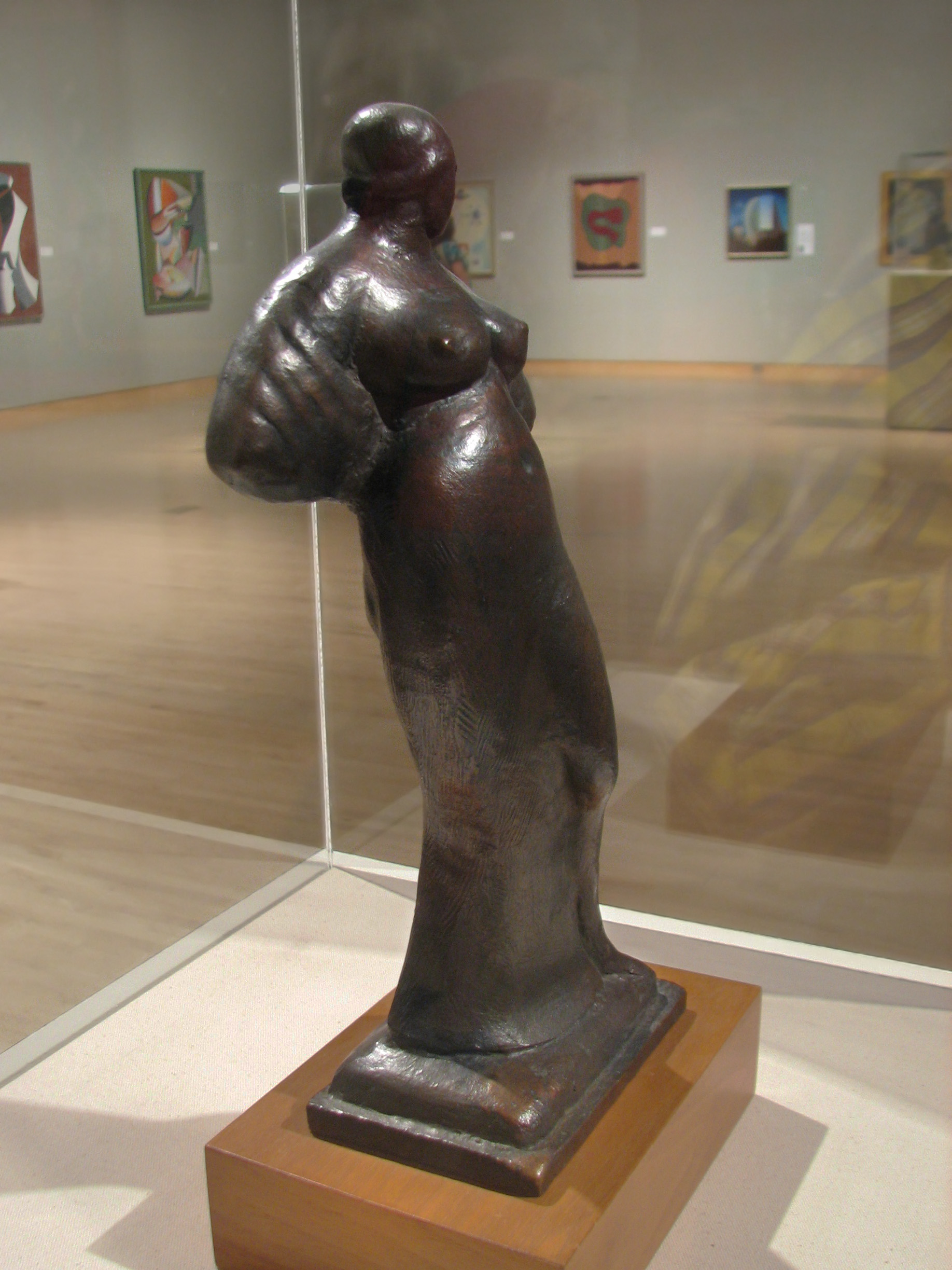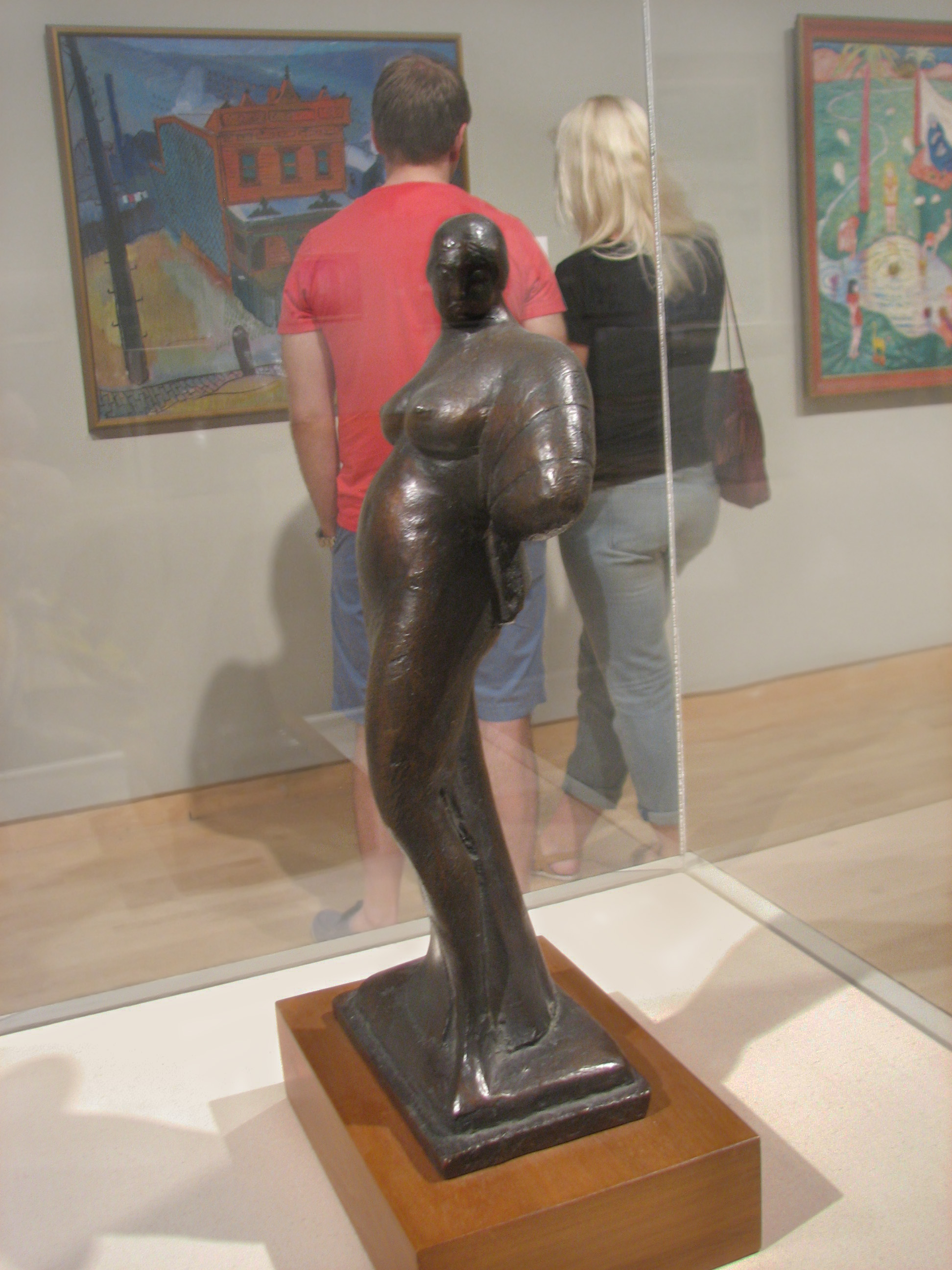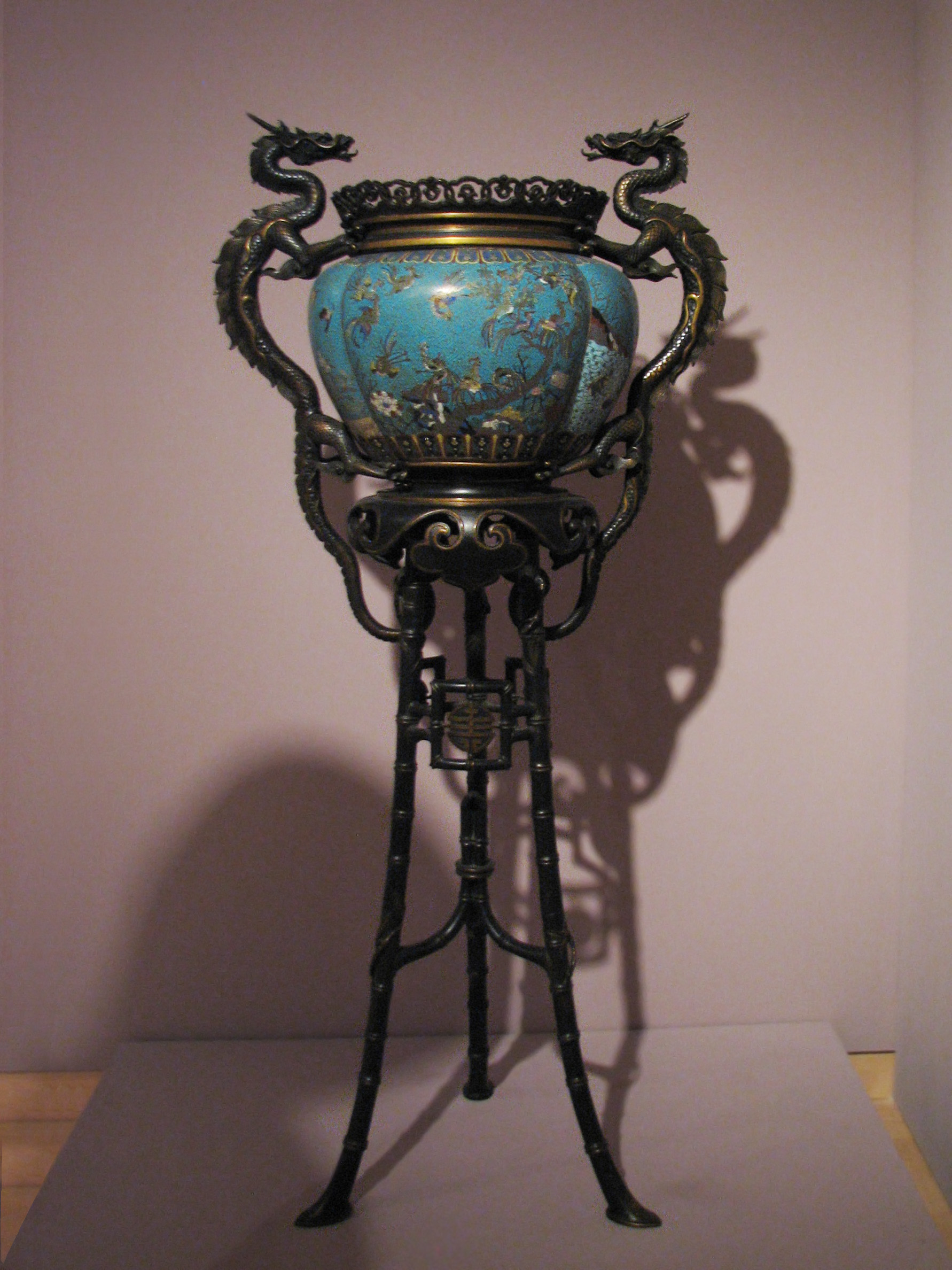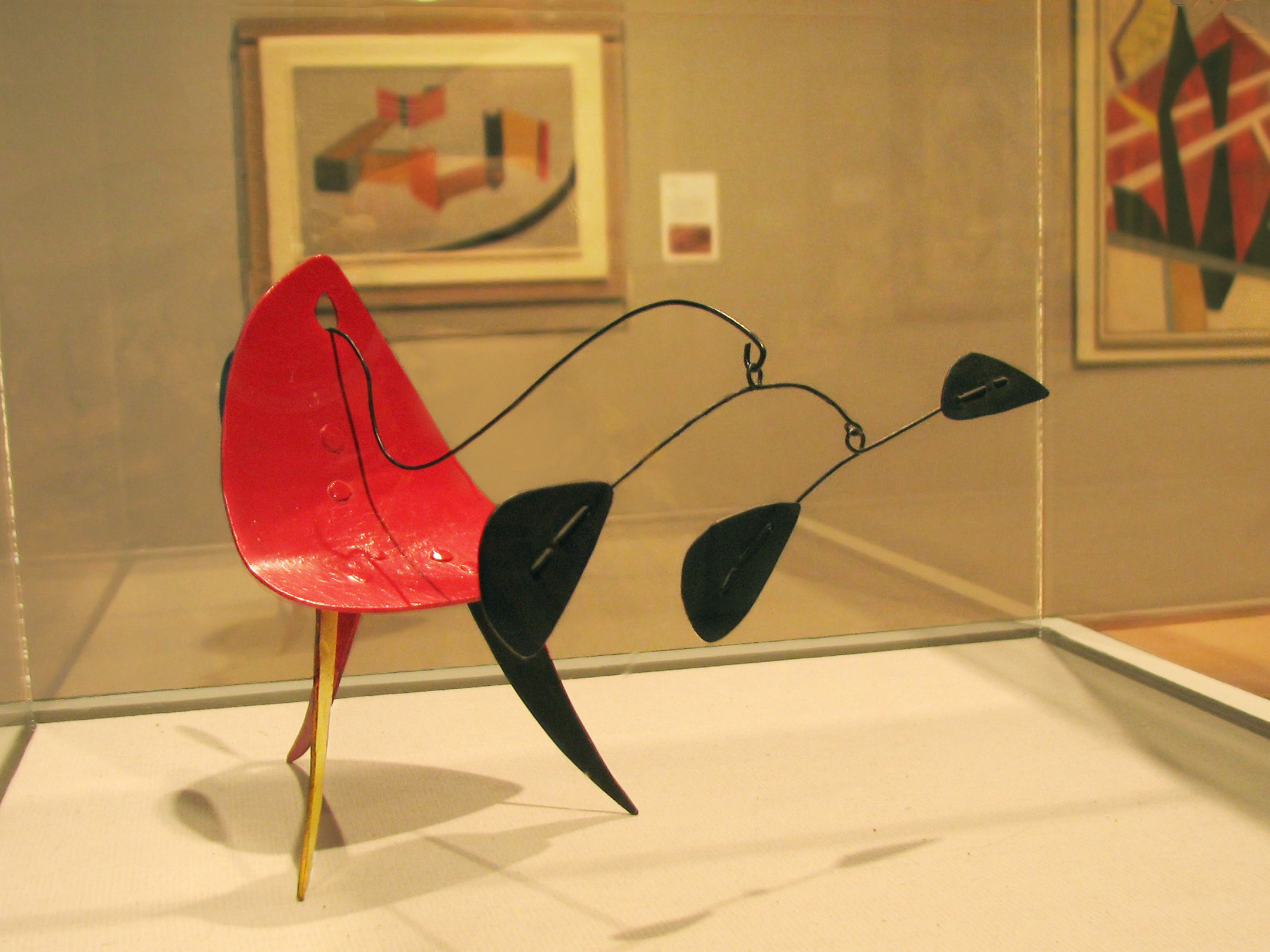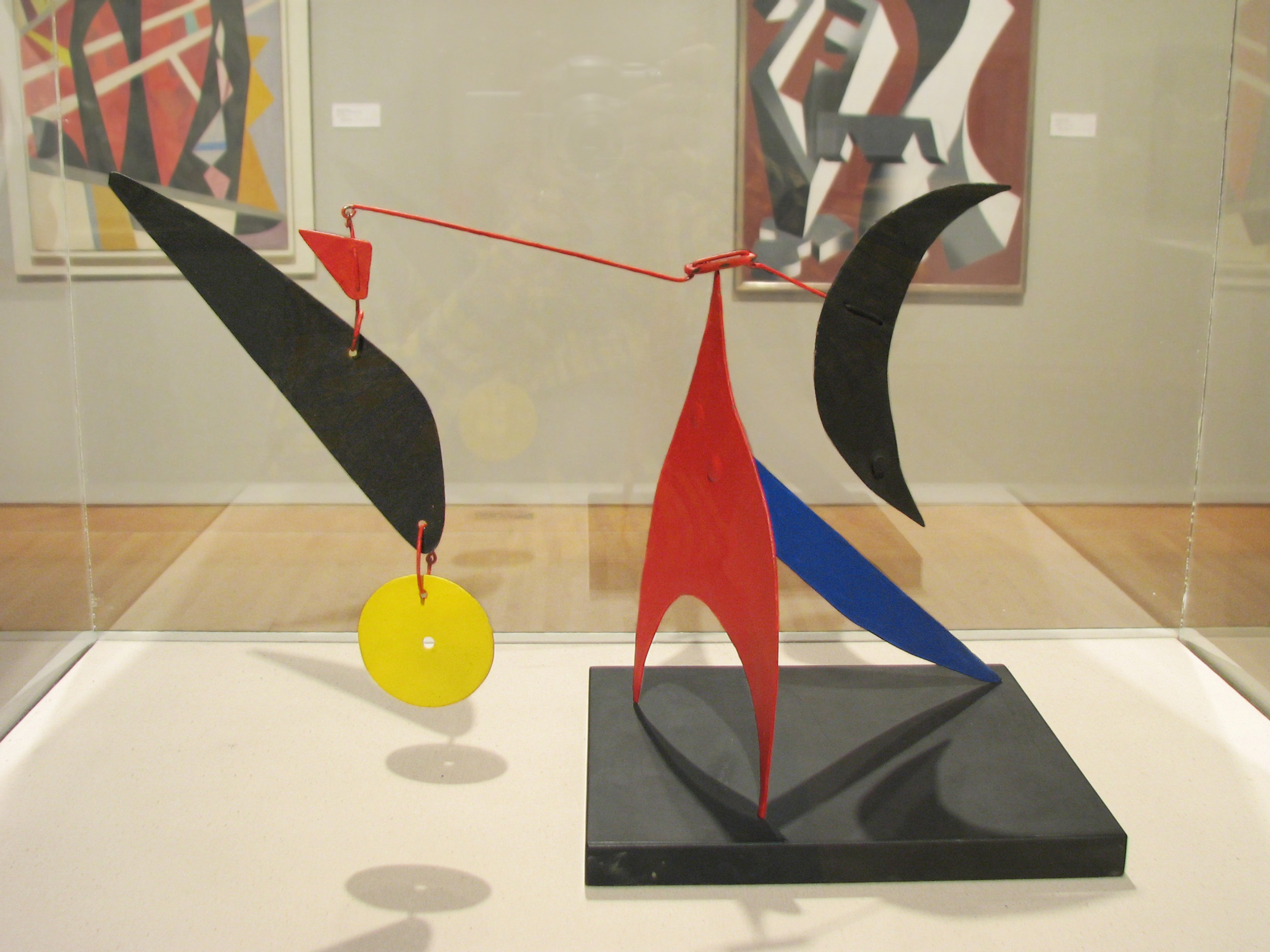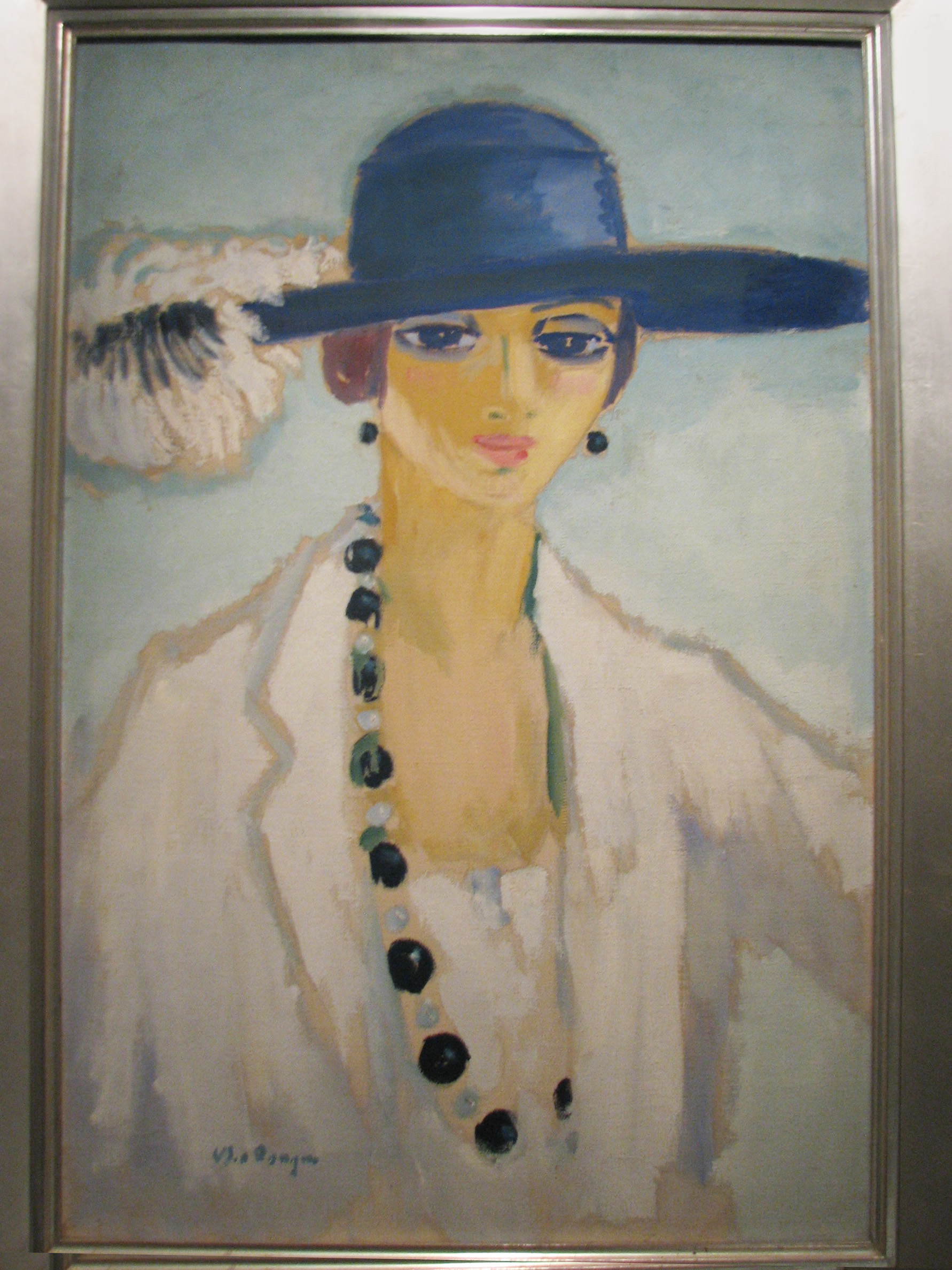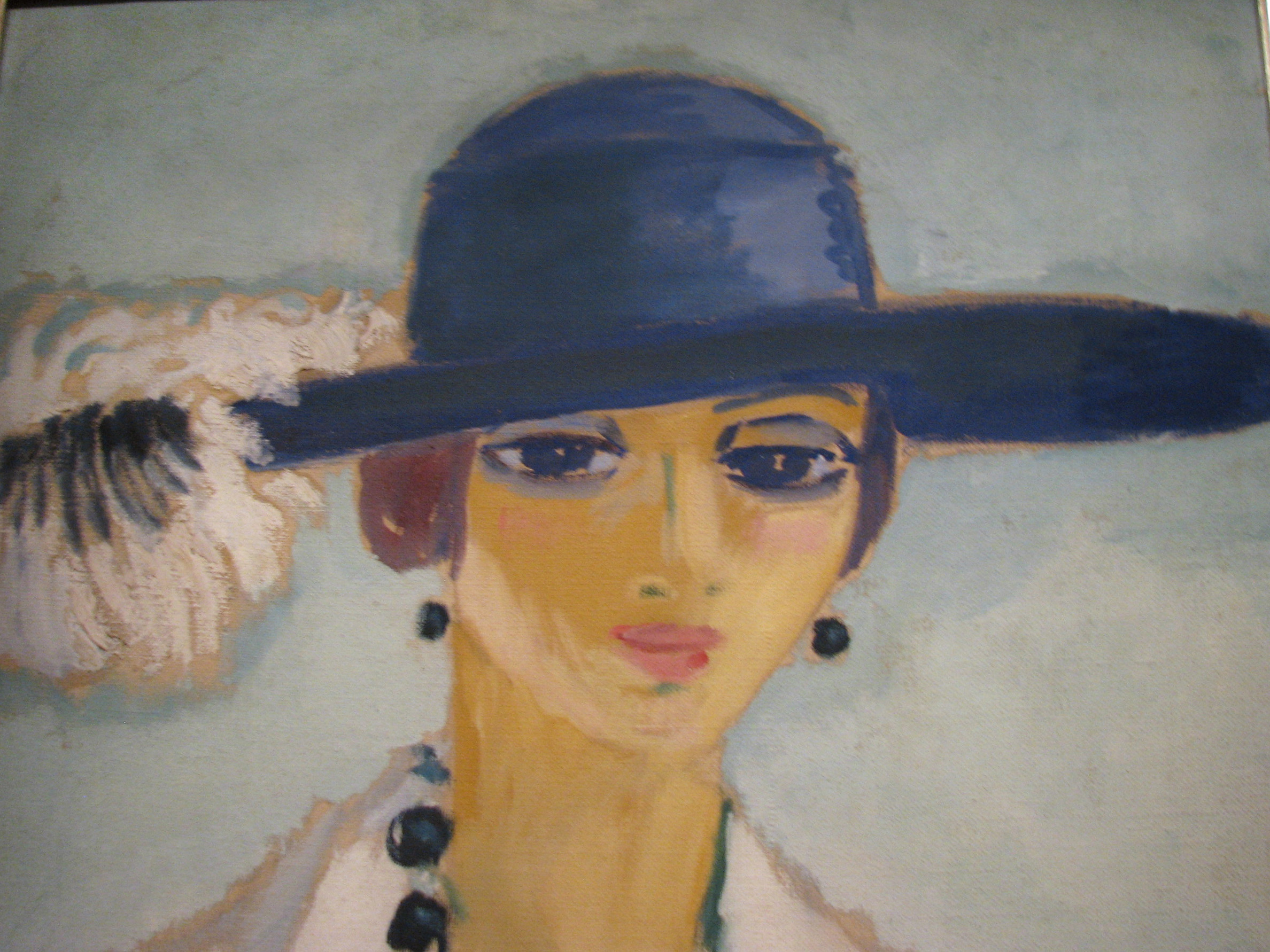|
"This rare example of the European fascination wit and embellishment of Chinese enamel wares is a testament to the high regard for the Chinese pieces that was prevalent during the nineteenth century. It also reflects the revival of cloissonné during the late nineteenth century in China. These circumstances were due to the fact that Franco-British expeditionary forces that plundered the Summer Palace at Yuanmingyuan (outside of Beijing) in 1860 ceded much of their hoard to their respective sovereigns. In February 1861, the French portion was placed on public view in the Louvre, Paris. Together with artifacts presented by Siamese ambassadors at Fontainebleau, these constitued the collection of the Museé Chinois, created at Fontainebleau under Empress Eugénie's supervision and opened in 1863. The fascination with these Chinese objects on the part of French artists led to the undertaking of the exquisite mount for this Chinese piece created by the renowned bronze foundry of Ferdinard Barbedienne. The mounting features a pair of Chinese-style dragons, thus completing a circle of cross-cultural influences that was unprecedented." (From the info card)
Not only the French, the Dutch also had a frenzy for Oriental things:
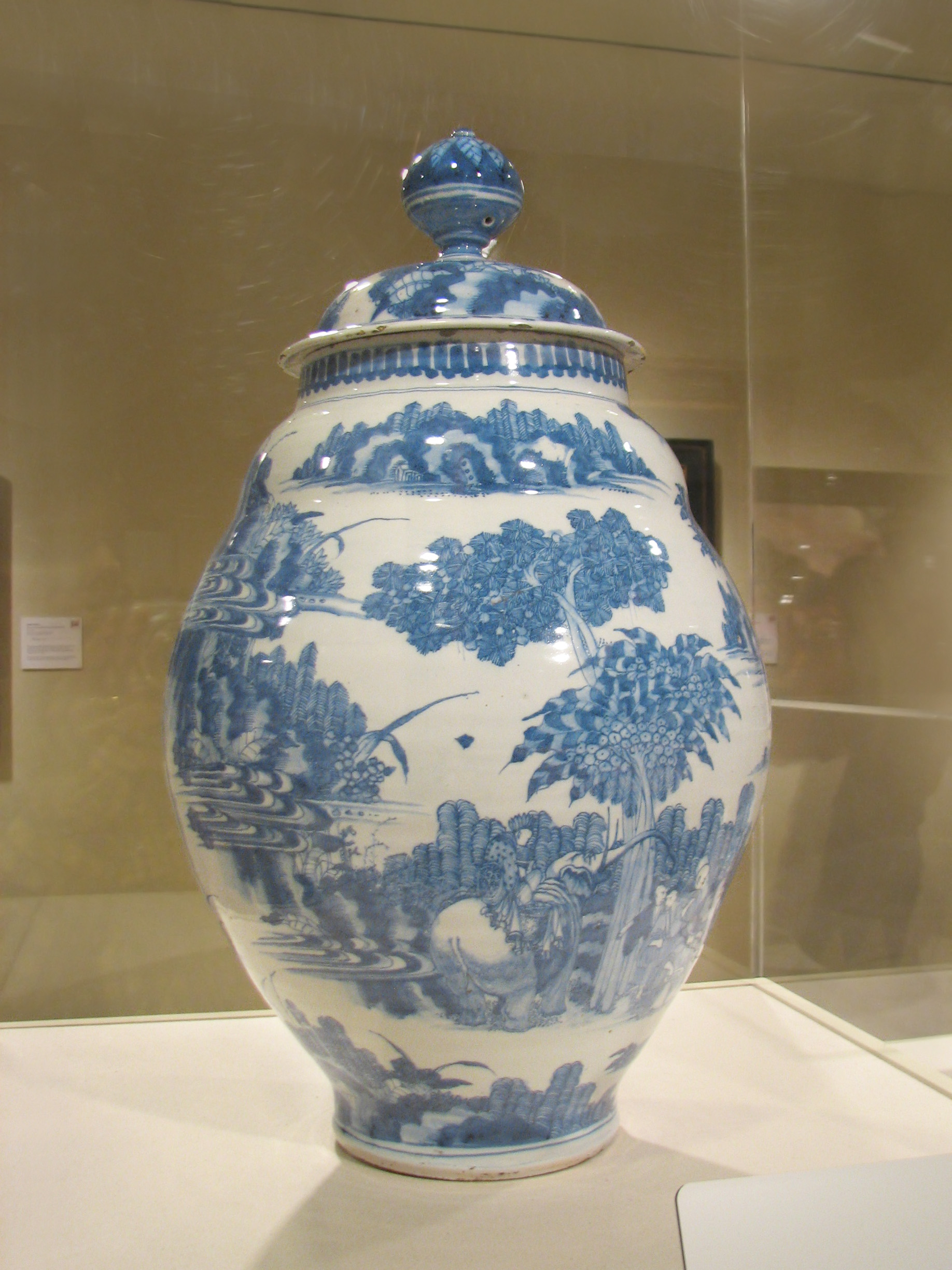
Delft blue and white vase with cover, c. 1660
Dutch, faience
Museum purchase with funds provided by Collector's Study Club and Friends of European Art,
Phoenix Art Museum #2014.37.A-B
|
(From the info card)
Necessity and Invention
Delft Ware
"A change of dynasty and turmoil in China between 1644 and 1656 disrupted Dutch trade routes. Consumers lost access to blue-and-white porcelain from China in 1657, but the desire for it didn't wane. To fill the void, Dutch potters developed their own high-quality version, now known as Delft ware, named after the city in which it originated. This large covered jar is an outstanding example of this production.
"Delft is not porcelain; it is faience, or earthenware. Delft potters did not have access to the kaolin clay that produces porcelain, and so their objects have a different chemical make-up and different properties. The clay object is coated in a tin oxide glaze to make it white; cobalt is painted on top, and then a transparent glaze is applied to make the object shiny. The decoration on this large covered jar includes disparate scenes that read as 'exotic' and 'Chinese', including palm trees, an elephant, and patterns that suggest mountains or floral elements. Other Delft pieces from this time show almost identical scenes - the elephant in particular - suggesting the potters shared pattern sources."
So far, all of these pieces I remember are from the museum's own holdings. The Vilcek collection has an interesting sculpture by Alexander Archipenko:
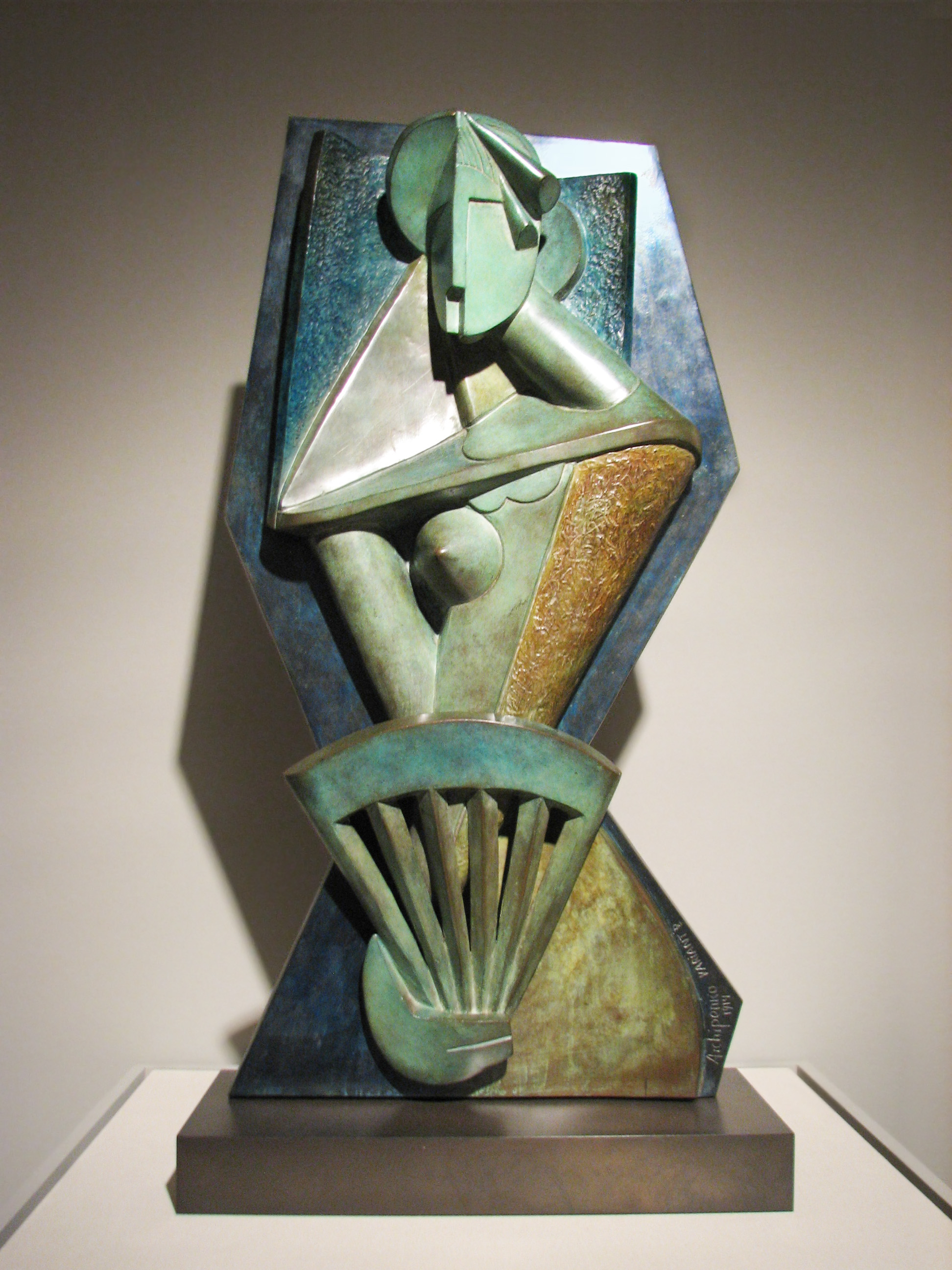
Woman with a Fan, c. 1958 (modeled in 1914)
Alexander Archipenko, American, b. Ukraine, (1887-1964)
Polychromed bronze, H- 35 1/2 in. (90.2 cm)
Collection of Jan T and Marica Vilcek,
Promised gift to The Vilcek Foundation
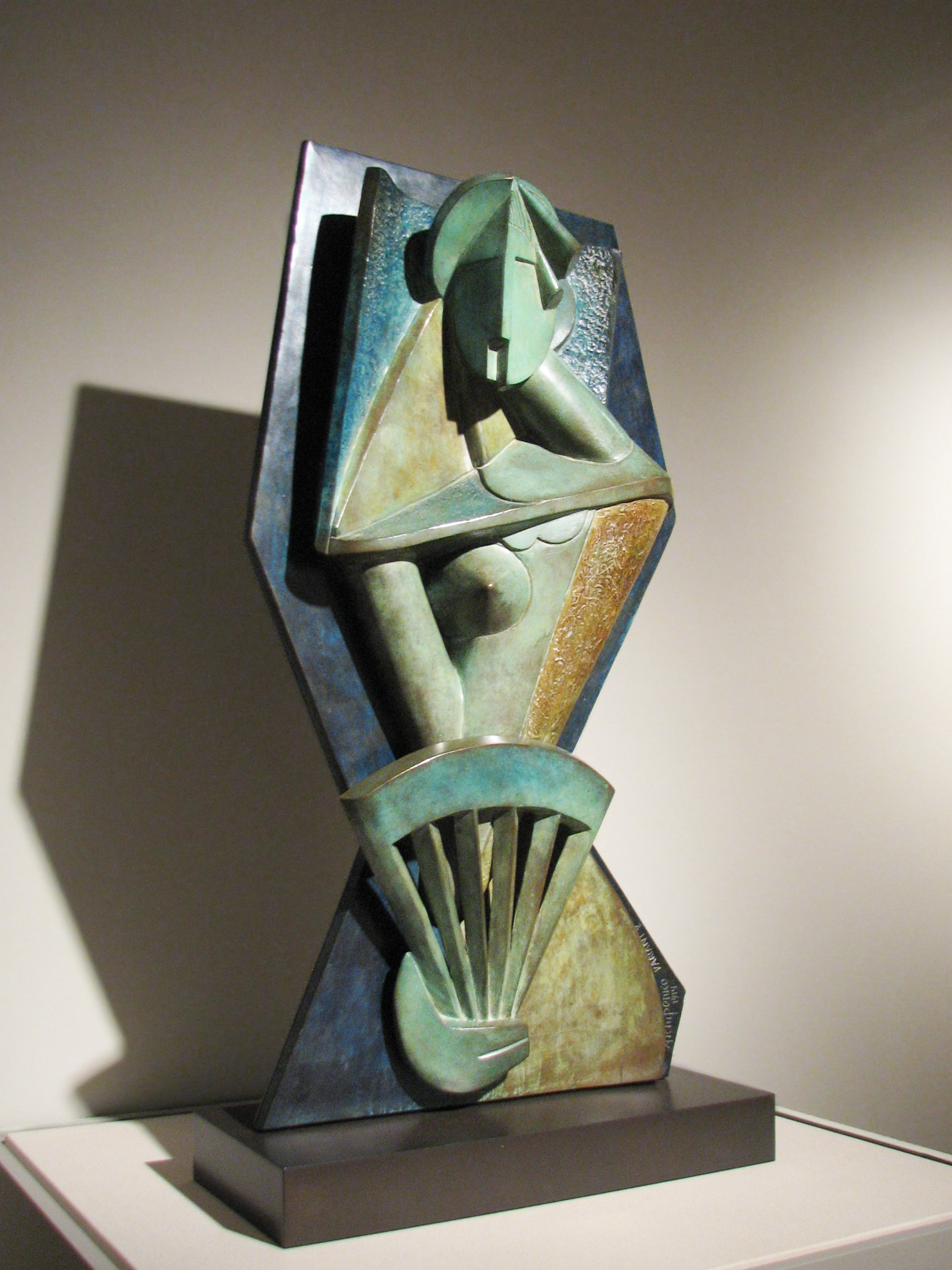
"Woman with a Fan was cast by the artist during the 1950s from a reworked plaster of a 1914 original constructed out of wood, canvas, metal, and glass." - from the info card
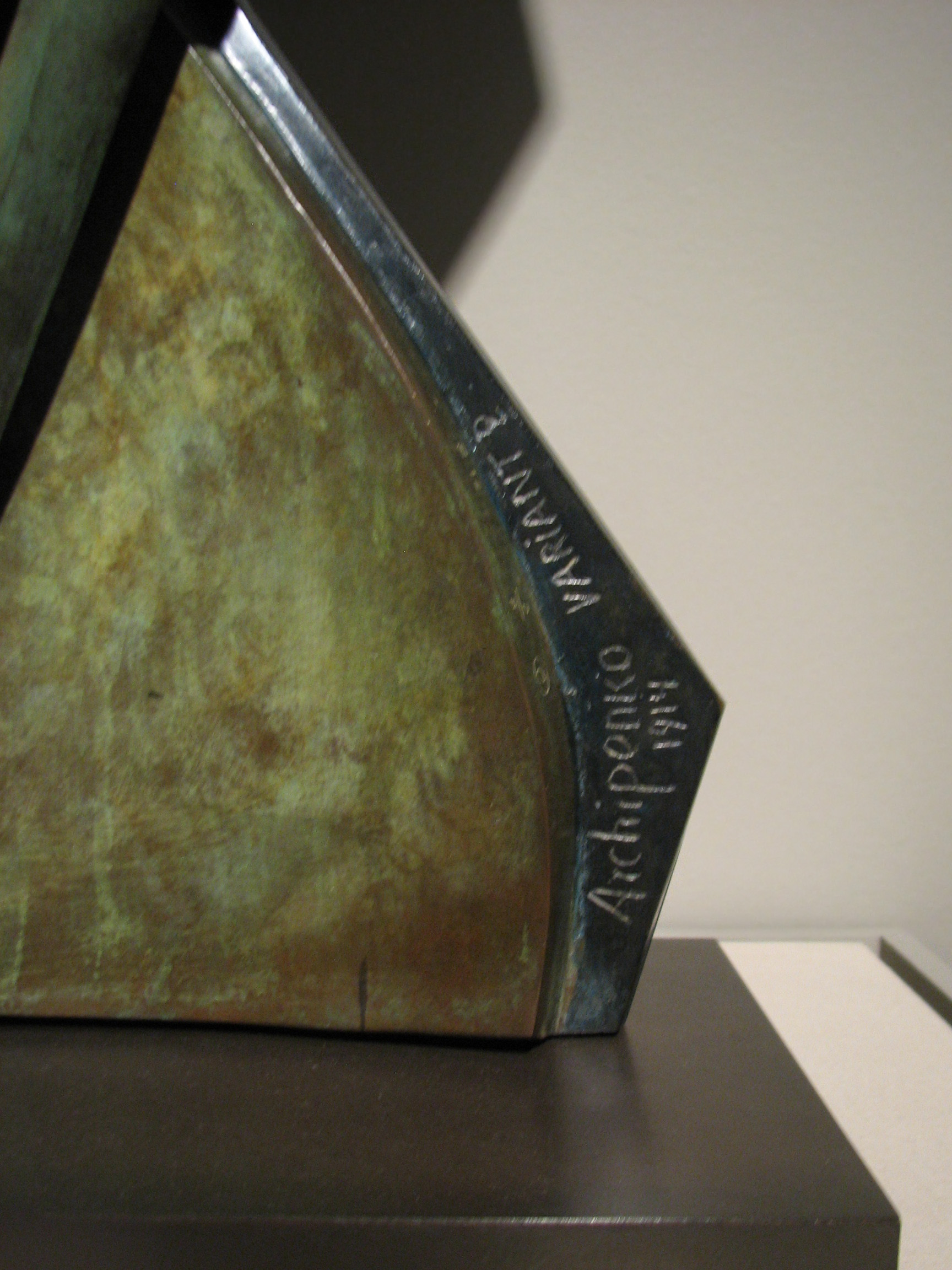
Archipenko's signature, "ARCHIPENKO 1914 VARIANT D"
|
"Lady with a Fan", of course it only suggests the lady and the fan, but it's quite visually pleasing!
(The Kasser collection has a Archipenko, which we saw last February.)
(Note of July 29, 2015)
I did a little digging and learned,
"The Vilcek Foundation aims to raise public awareness of the contributions of immigrants to the sciences, arts, and culture in the United States. The Foundation was established in 2000 by Jan and Marica Vilcek, immigrants from the former Czechoslovakia."
I wondered if they were Czech, I could be related to them! :)
Returning back to the museum's own holdings, I found a Matisse lithograph to add to my photo gallery of Matisse, "Matisse's Pieces" :)
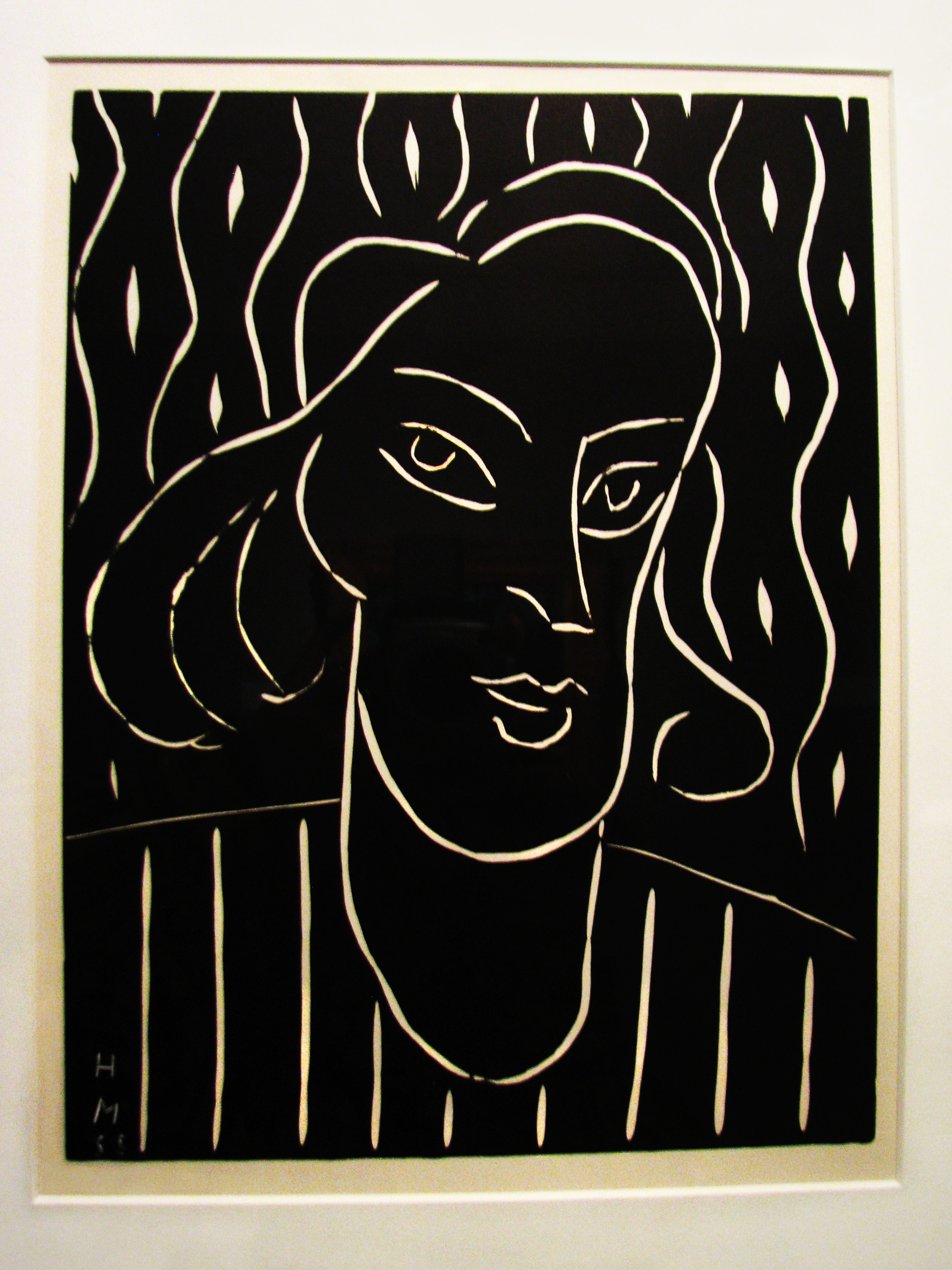
Head, 1938
Linocut
© 2015 Succession H. Matisse / Artists Rights Society (ARS)
Gift of Mr and Mrs Jack E. Brown, Phoenix Art Museum

Accession number uncertain #1978.119???, photo too fuzzy :(
|
And here's a Monet for "Mon Monets":

Flowering Arches, 1913
Claude Monet, French, 1840 - 1926
Oil on canvas,
Inscription: lower left: Claude Monet
Gift of Mr. & Mrs. Donald D. Harrington, Phoenix Art Museum #1964.231
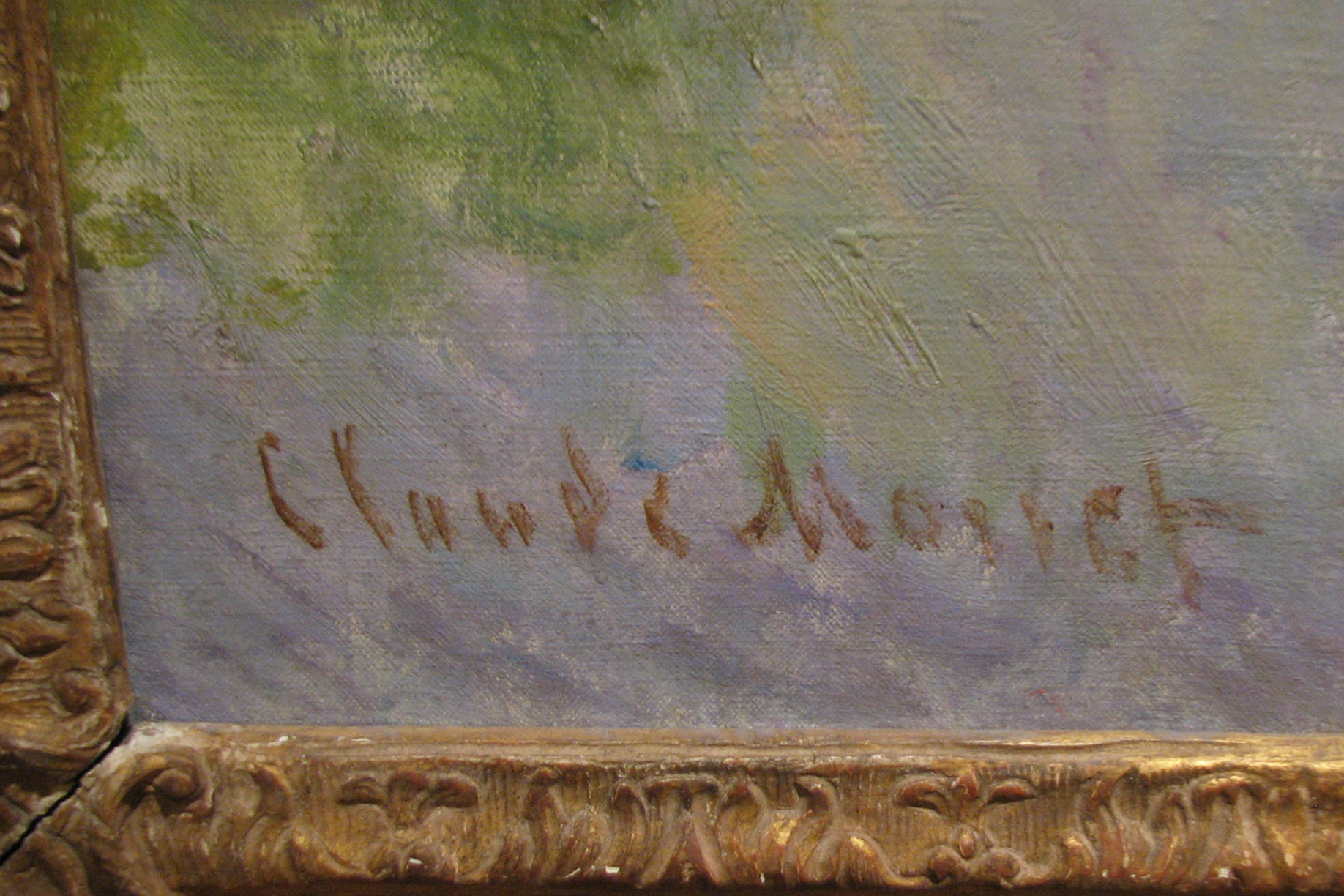
Monet's signature
|
And I got a new view of that dear little Calder piece:
|

